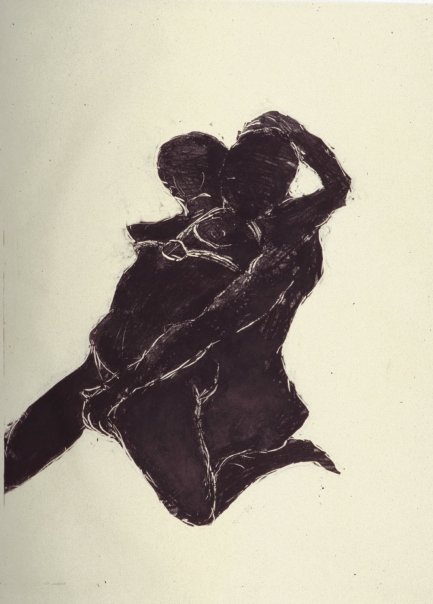For many years the career of Currado Malaspina was a brackish, destitute furl of quiet latency. Here was a man with a solid body of interesting work, with yearly exhibitions and favorable press yet unable to reach a level of true preeminence. He was well-known in Paris during the 70’s and 80’s but in the art world at the time that was a parochial achievement at best. Outside the francophone world the name Malaspina meant next to nothing
Then he met me.

Exhibition announcement designed to be seen exclusively on Twitter feeds. (courtesy of XNet DzN, 2013)
What most artists caught between the Reagan era and the Internet age fail to grasp is that ‘social capital’ is far more important than talent. Though Warhol could not have been more explicit in his prophecies, the artists who came of age in the shadow of the New York School modeled themselves on the poètes maudits when they should have been looking at the pitchmen of Madison Avenue. Long before words like ‘branding’ and ‘viral’ became bedrocks of our vernacular, the great artist/showmen recognized that paraphrase is far stronger and certainly more memorable than poetry.
One could plausibly argue that this pact with the devil compromises the quality of one’s work but if no one sees your work, what good is quality? What the spirit of the age has instructed us is that it is far better to be accessible than to be interesting. A recent article about the distinguished periodical The New York Review of Books – currently celebrating its 50th anniversary – boasts that it has a readership of approximately 140,000! Forgive me for being blunt but BuzzFeed’s list of the “23 most important selfies of 2013” received a quarter of a million hits within the first two hours of its posting!
The fact that within a few years of meeting me Currado Malaspina started tracking somewhere between the poet Vachel Lindsay and the indie band The Afghan Whigs speaks for itself. Now that he is fully set up with Buzznet, Flickr, Skyrock and Twitter he has sprinted way past both Don Knotts and Artisanal Dim Sum.
Of course, I guess to some extent the works helps a little.
But really, does anyone ever talk about Agostino Carracci anymore?


















